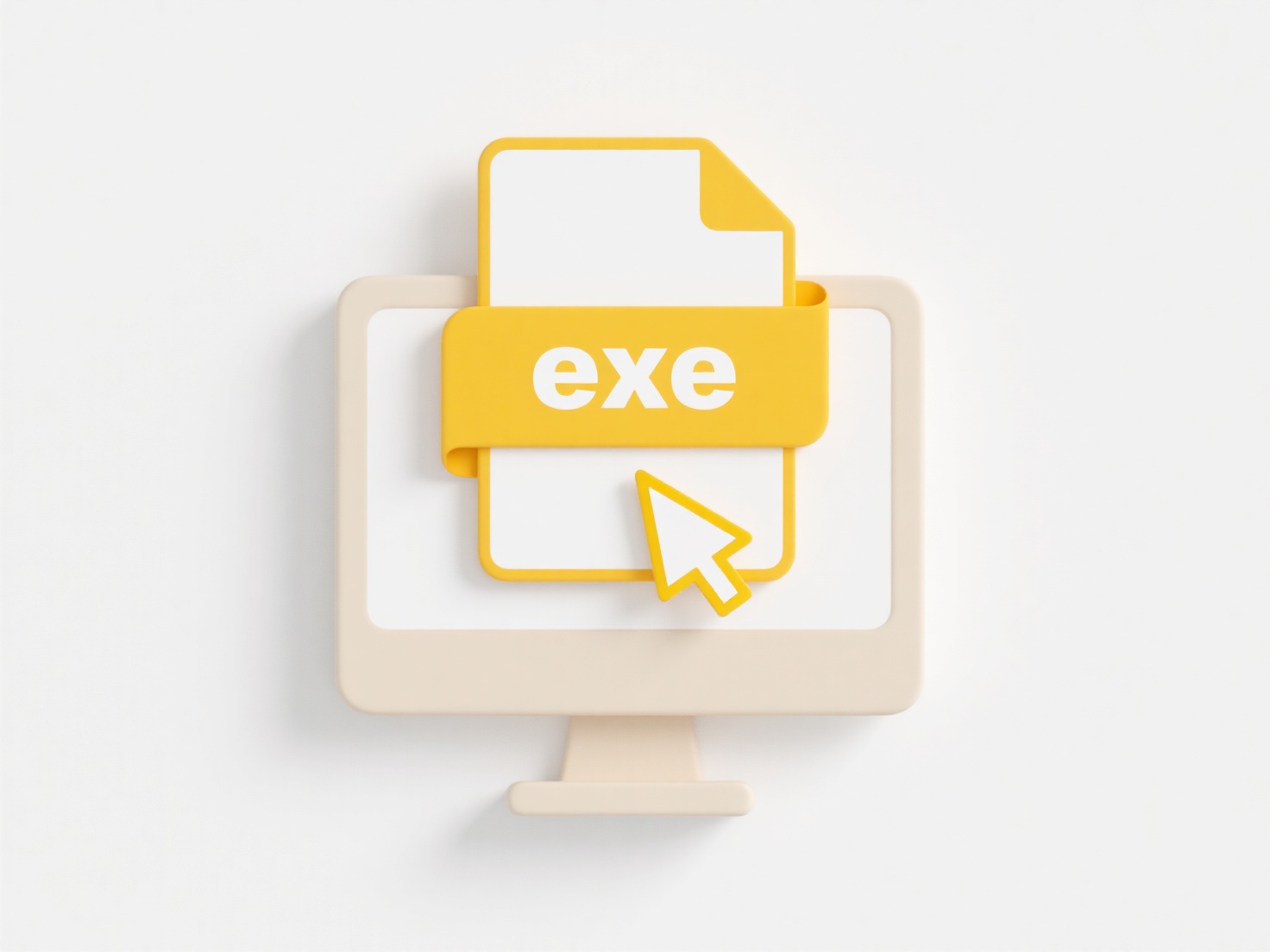
The "Downloads" folder is a temporary storage location created by your operating system to hold files retrieved from the internet. When you download a file using a web browser, email client, or similar tool, it automatically saves to this directory by default. In contrast, the "Documents" folder (sometimes called "My Documents") is intended as a user's personal, long-term storage space for files they create, such as word processing documents, spreadsheets, presentations, and personal data. The key difference is purpose: Downloads is transient, holding items retrieved from external sources, while Documents is curated, housing files generated or deliberately saved by the user for ongoing work.

Common examples illustrate this distinction. A user might save a PDF report received via email or downloaded from a website directly to their Downloads folder for immediate review. Later, they move a finalized project proposal they created using Microsoft Word to their Documents folder for permanent, organized storage and frequent access. Operating systems like Windows, macOS, and Linux all feature these default folders, with applications often defaulting to opening/saving files from Documents and saving downloads to the Downloads location.
The primary advantage of this separation is organization and workflow clarity, preventing downloaded files (often temporary) from cluttering up important work documents. However, users often leave files permanently in the Downloads folder, causing disorganization, security risks from lingering untrusted files, and potentially slower backups due to excess large transient files. Maintaining the intended purpose – using Downloads for short-term holding and Documents for created work – improves system management and reduces the risk of losing important files among downloaded clutter.
What is the difference between “Downloads” and “Documents”?
The "Downloads" folder is a temporary storage location created by your operating system to hold files retrieved from the internet. When you download a file using a web browser, email client, or similar tool, it automatically saves to this directory by default. In contrast, the "Documents" folder (sometimes called "My Documents") is intended as a user's personal, long-term storage space for files they create, such as word processing documents, spreadsheets, presentations, and personal data. The key difference is purpose: Downloads is transient, holding items retrieved from external sources, while Documents is curated, housing files generated or deliberately saved by the user for ongoing work.

Common examples illustrate this distinction. A user might save a PDF report received via email or downloaded from a website directly to their Downloads folder for immediate review. Later, they move a finalized project proposal they created using Microsoft Word to their Documents folder for permanent, organized storage and frequent access. Operating systems like Windows, macOS, and Linux all feature these default folders, with applications often defaulting to opening/saving files from Documents and saving downloads to the Downloads location.
The primary advantage of this separation is organization and workflow clarity, preventing downloaded files (often temporary) from cluttering up important work documents. However, users often leave files permanently in the Downloads folder, causing disorganization, security risks from lingering untrusted files, and potentially slower backups due to excess large transient files. Maintaining the intended purpose – using Downloads for short-term holding and Documents for created work – improves system management and reduces the risk of losing important files among downloaded clutter.
Quick Article Links
Can I mark files as “safe duplicates” to skip in future scans?
The "safe duplicates" feature allows you to specifically mark certain duplicate files as intentionally identical and exe...
Can I rename files from a camera roll based on time?
Renaming camera roll files by time means automatically changing photo or video filenames using timestamps embedded in th...
How can I find out what type of file it is without an extension?
To identify a file without an extension, you examine its internal signature or header – unique data patterns written at ...